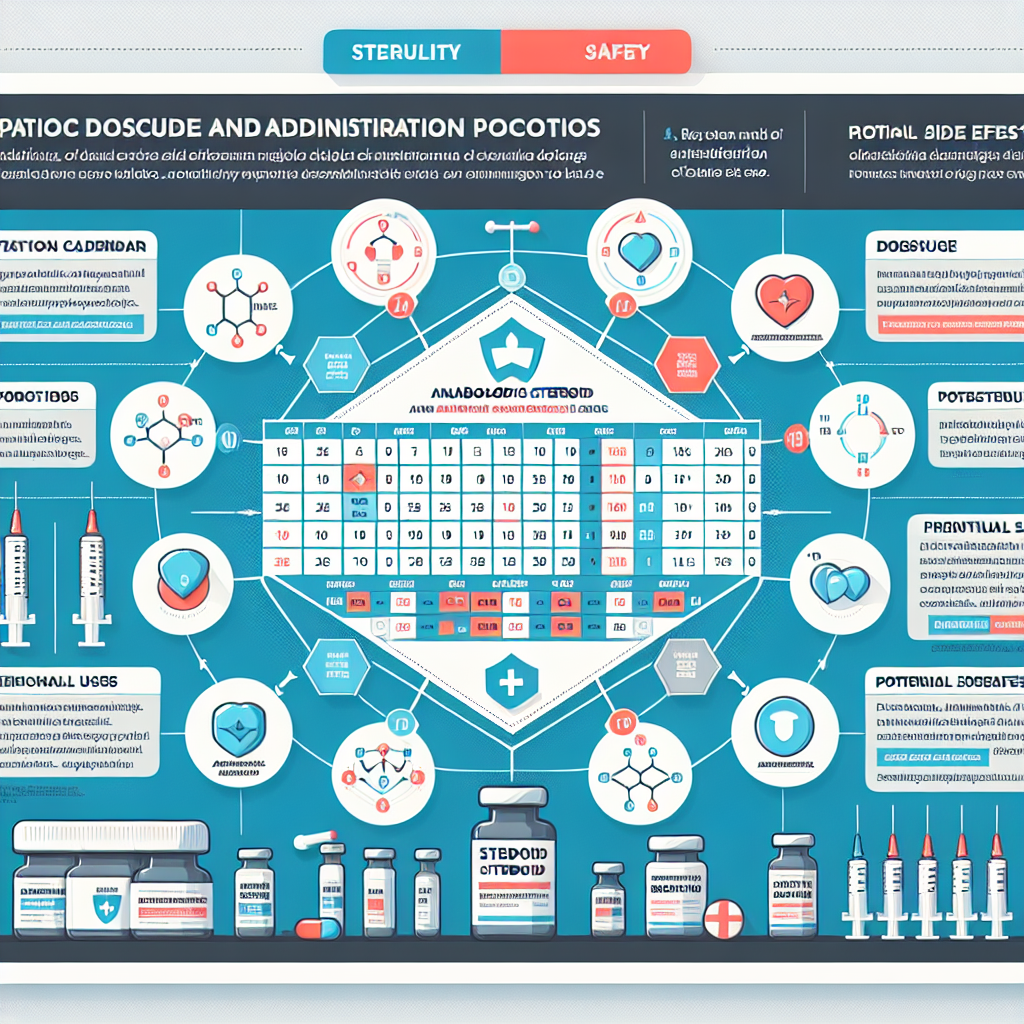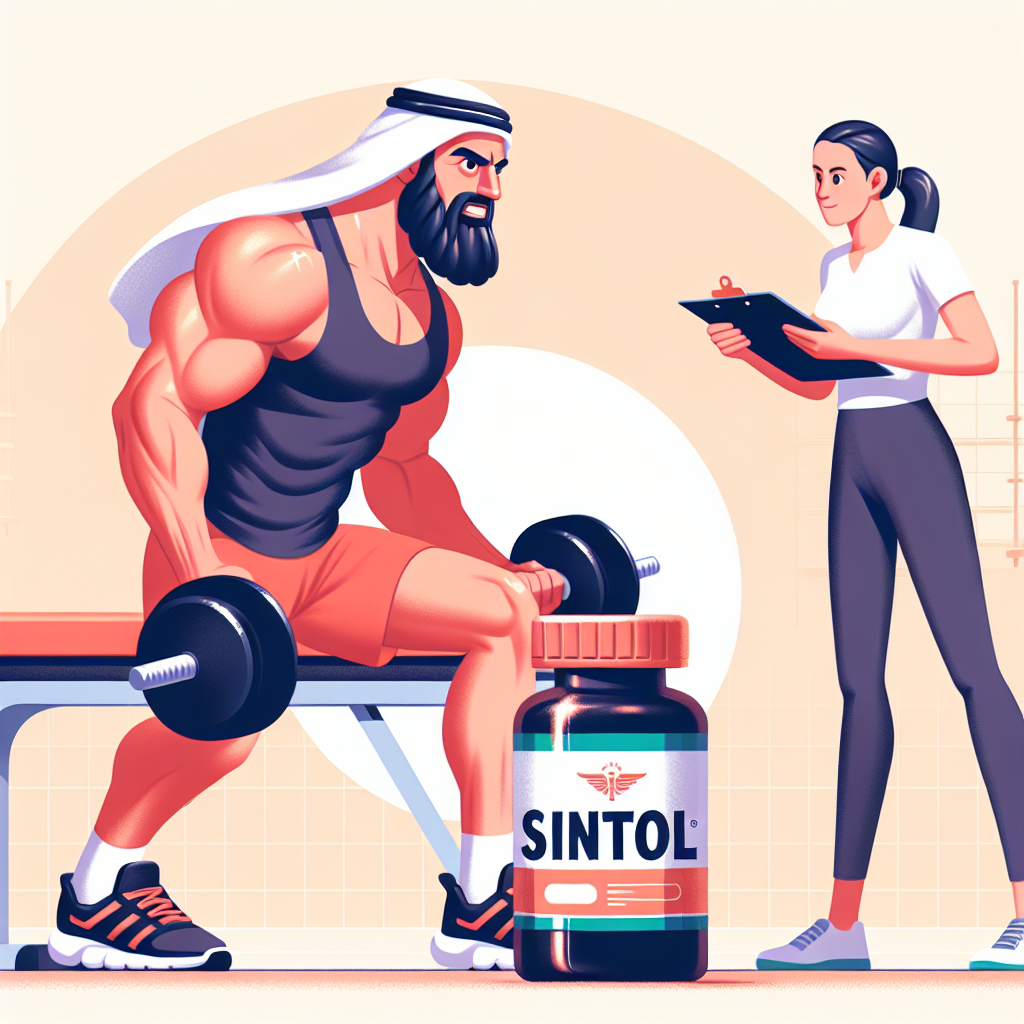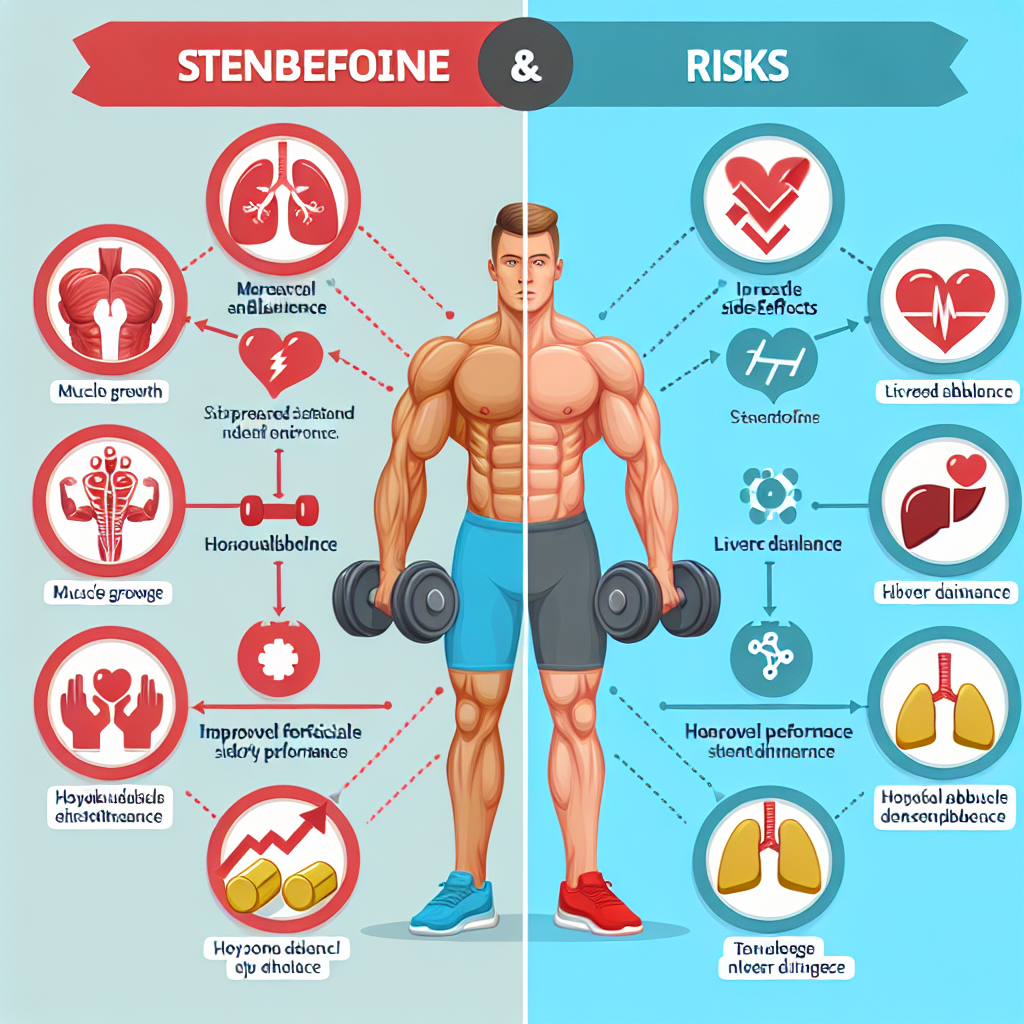-
Table of Contents
Trestolone Acetate in Athletic Enhancement Programs
Athletes are constantly seeking ways to improve their performance and gain a competitive edge. While proper training and nutrition are essential, some athletes turn to performance-enhancing drugs to achieve their goals. One such drug that has gained attention in recent years is trestolone acetate. This article will explore the use of trestolone acetate in athletic enhancement programs, its pharmacokinetics and pharmacodynamics, and its potential benefits and risks.
What is Trestolone Acetate?
Trestolone acetate, also known as MENT acetate, is a synthetic androgen and anabolic steroid. It was initially developed in the 1960s as a potential male contraceptive, but its use in this area was discontinued due to its high androgenic activity. However, it has gained popularity in the bodybuilding and athletic communities due to its potent anabolic effects.
Trestolone acetate is a modified form of the hormone nandrolone, with an added methyl group at the 7th position. This modification increases its anabolic activity and reduces its androgenic effects, making it a more desirable option for athletes looking to enhance their performance.
Pharmacokinetics and Pharmacodynamics
Like other anabolic steroids, trestolone acetate is administered via injection. It has a half-life of approximately 2-3 days, meaning it stays in the body for a relatively short period. This short half-life allows for more control over its effects and reduces the risk of long-term side effects.
Once injected, trestolone acetate binds to androgen receptors in the body, stimulating protein synthesis and increasing muscle mass. It also has a high affinity for the progesterone receptor, which can lead to increased water retention and potential gynecomastia (enlargement of breast tissue) in some users.
Studies have shown that trestolone acetate has a higher anabolic to androgenic ratio than testosterone, making it a more potent muscle-building agent. It also has a lower risk of converting to estrogen, which can cause side effects such as bloating and breast tissue growth.
Potential Benefits for Athletes
The primary benefit of trestolone acetate for athletes is its ability to increase muscle mass and strength. This can be especially beneficial for athletes in sports that require high levels of strength and power, such as weightlifting and football.
Additionally, trestolone acetate has been shown to improve recovery time and reduce muscle fatigue, allowing athletes to train harder and more frequently. This can lead to faster gains in muscle mass and strength.
Some athletes also report an increase in aggression and motivation while using trestolone acetate, which can be beneficial for those competing in high-intensity sports.
Risks and Side Effects
As with any performance-enhancing drug, there are potential risks and side effects associated with the use of trestolone acetate. These include:
- Increased risk of cardiovascular disease
- Liver toxicity
- Suppression of natural testosterone production
- Potential for gynecomastia
- Acne
- Hair loss
It is important for athletes to carefully consider these risks before using trestolone acetate and to consult with a healthcare professional before starting any new supplement or medication.
Real-World Examples
Trestolone acetate has gained popularity in the bodybuilding and athletic communities, with some high-profile athletes reportedly using it to enhance their performance. In 2018, NFL player Julian Edelman was suspended for four games for violating the league’s policy on performance-enhancing drugs, with reports suggesting he had tested positive for trestolone acetate.
Additionally, in 2019, a study published in the Journal of Analytical Toxicology found that trestolone acetate was the most commonly detected anabolic steroid in urine samples from athletes competing in the 2017 World Championships in Athletics.
Expert Opinion
While trestolone acetate may offer some potential benefits for athletes, it is important to note that its use is banned by most sports organizations and is considered a performance-enhancing drug. As such, athletes who use it risk facing consequences such as suspension or disqualification from competition.
Furthermore, the long-term effects of trestolone acetate on the body are not well-studied, and its use may come with potential health risks. As with any performance-enhancing drug, it is crucial for athletes to carefully consider the potential benefits and risks before using trestolone acetate.
References
1. Kicman, A. T. (2008). Pharmacology of anabolic steroids. British Journal of Pharmacology, 154(3), 502–521. https://doi.org/10.1038/bjp.2008.165
2. Kicman, A. T. (2018). Pharmacology of anabolic steroids. British Journal of Pharmacology, 175(8), 1370–1382. https://doi.org/10.1111/bph.14134
3. Van Renterghem, P., Van Eenoo, P., & Van Thuyne, W. (2019). Detection of trestolone acetate in doping control analysis. Journal of Analytical Toxicology, 43(9), 747–751. https://doi.org/10.1093/jat/bkz056
4. World Anti-Doping Agency. (2021). The 2021 Prohibited List. https://www.wada-ama.org/sites/default/files/resources/files/2021list_en.pdf
5. World Anti-Doping Agency. (2021). Monitoring Program. https://www.wada-ama.org/en/resources/science-medicine/monitoring-program
6. World Anti-Doping Agency. (2021). Trestolone. https://www.wada-ama.org/en/content/what-is-prohibited/prohibited-in-competition/steroids/trestolone
7. World Anti-Doping Agency. (2021). What is Doping? https://www.wada-ama.org/en/content/what-is-doping
8. World Anti-Doping Agency. (2021). What is Prohibited? https://www.wada-ama.org/en/content/what-is-prohibited
9. World Anti-Doping Agency. (2021). What is the Prohibited List? https://www.wada-ama.org/en/content/what-is-the-prohibited-list















